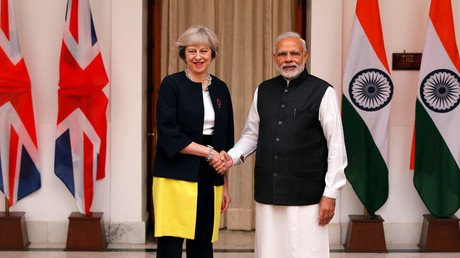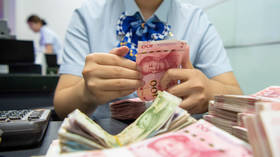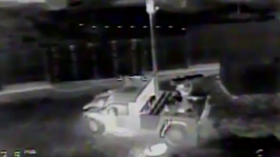British diplomats work in a monument to Empire: Is it time the Foreign Office faced reality?
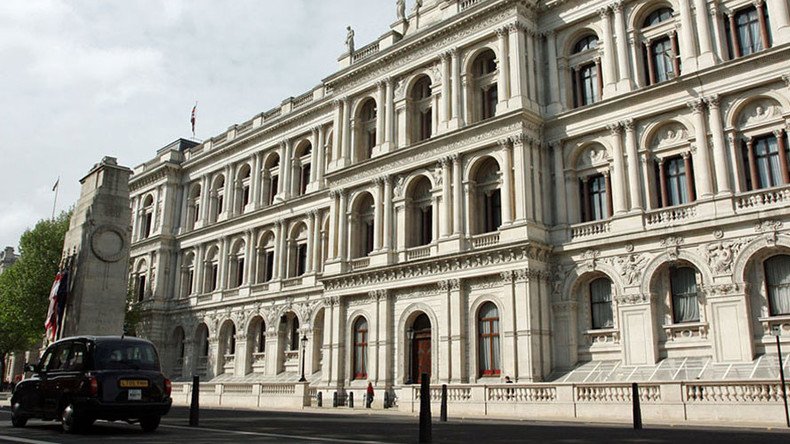
The Foreign & Commonwealth Office threw open its doors this weekend for #OpenHouseLondon, offering a rare public glimpse inside. But does the lavish iconography of by-gone Empire fuddle Britain’s modern diplomatic realities?
Appeals to Britain’s colonial legacy start early on the self-guided tour through the FCO. After an airport-style security screening at the main gate, visitors are shepherded through the main quadrangle to the Gurkha Stair. Here, a statue of a Nepalese soldier from the famous British Army regiment greets them, his expression the very definition of dogged loyalty to the Crown.
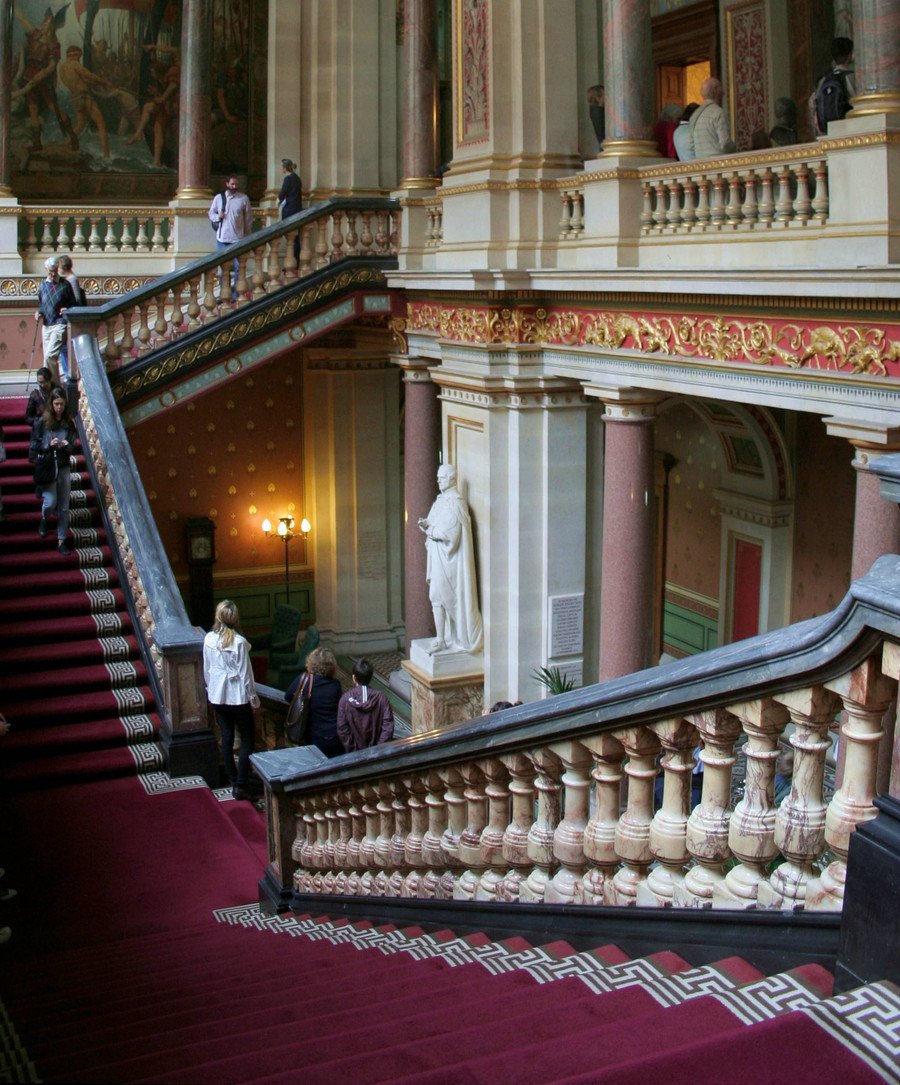
A carefully laid tour map leads visitors past locked and sashed doors, past bookcases crammed with leather-bound volumes on the laws of Palestine, Aden, and other far-flung outposts of Empire, and into the old India Office – a Victorian time capsule you can’t quite believe is still a working office.
Seventy years since India won independence, it’s amazing such a place as the Durbar Court still exists. Gazing down on this beautiful marbled courtyard in the heart of the building are the carved faces of East India Company officials and colonial generals, and the names of India’s great towns and provinces: Bombay, Madras, and notorious Cawnpore of the Mutiny among them.
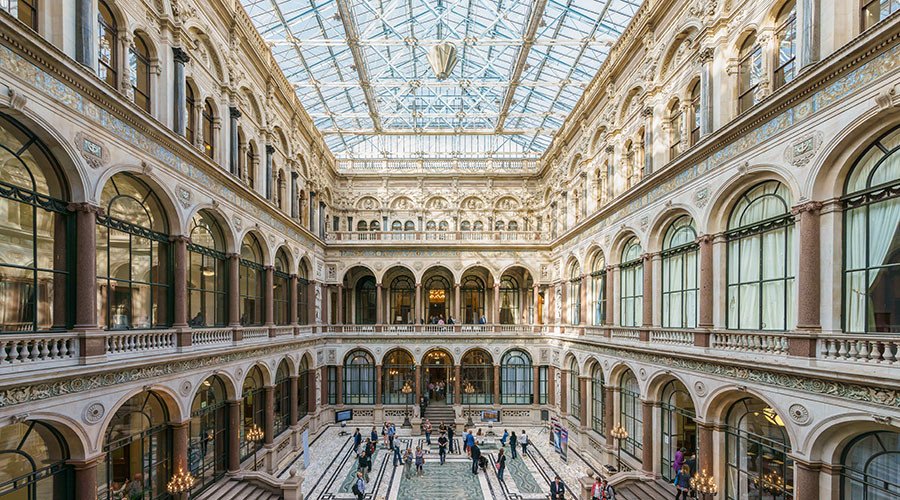
Perhaps summing up best the attitudes of the day when architect Matthew Digby Wyatt decorated the edifice in 1866 is the chimneypiece in the ornate India Office Council Chamber. The marble, carved by Michael Rysbrack in 1730, shows a bare-breasted Britannia seated by the sea receiving the riches of the East Indies, represented by a maiden delivering a treasure chest. Behind her stand two others, one leading a camel representing Asia, the other a lion representing Africa. Subtle, no?
Other highlights on the tour include the Locarno Suite, named after the treaties signed in these rooms by the European powers in December 1925. Also find the Grand Staircase, currently bristled with scaffolding.
Honoured to meet @DiploMog Palmerston at @foreignoffice#LondonOpenHouse today! pic.twitter.com/7YN5L81MYE
— Robert Edwards (@RobertPEdwards) September 16, 2017
At the foot of the stairs is the play area of the department’s fluffy mascot. No, not Boris Johnson. Palmerston the cat, better known to his Twitter followers as @DiploMog, is by far the favorite attraction among visitors.
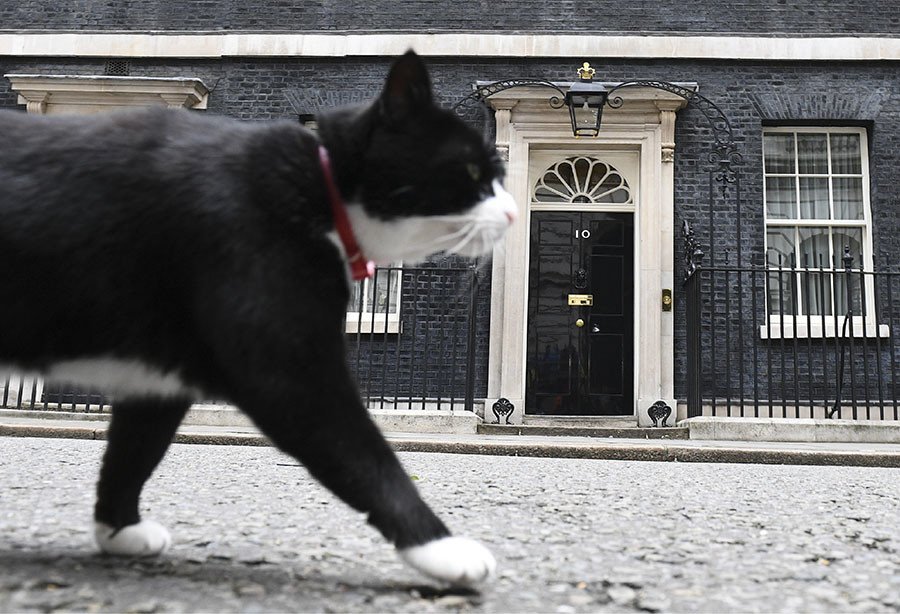
But looking beyond the baubles and pomp of the place, the canny visitor asks: why is this relic of Empire, with its smell of damp and creeping dilapidation, still the seat of one of the highest offices of state?
When forging the nation’s place in the world today, do its diplomats scan the walls for inspiration, bolstering their sense of Old Blighty’s worth and exceptionalism? For Brexit Britain, shrinking in stature and influence, are these the makings of dangerous delusions?
The British Museum is the nation’s most popular tourist attraction – packed to the gunnels with centuries of imperial loot. Likewise, the Imperial War Museum, which manages Churchill’s Cabinet War Rooms under the streets of Whitehall, is a magnet for history fanatics.
Were the civil servants to clear out tomorrow, the FCO would no doubt become a first-class museum to the nation’s imperial past – granting Britain a rare opportunity to come to terms with its troubling mark on the world.
And, like the cramped and crumbling debating chambers of Westminster Palace, perhaps it’s time to build a modern infrastructure for British democracy, better suited to the political realities, security concerns, and global image of today.
In doing so, Britain could reinvent its brand, update its outdated electoral system, and embrace the culture of inclusivity and tolerance, which the ancien régime was never designed to accommodate.
